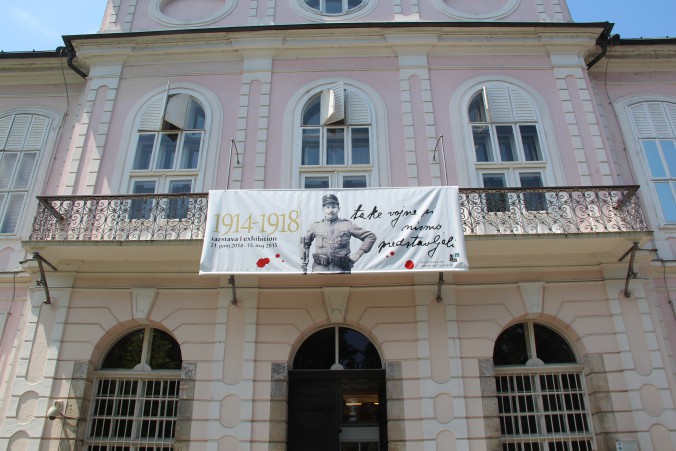by Magdalena Waligorska
Photo: National Museum of Contemporary History in Ljubljana
The museum took the challenge of addressing aspects of Slovenian history that hitherto remained marginalized. One of such topics is WWI, which had not been much in the focus of national commemoration in Slovenia, because it was associated with a defeat and a loss of part of the Slovenian territory to Italy. The director of the museum, dr. Kaja Sirok, believes one of the biggest challenges for the curators was to narrate the story of that time, taking into consideration the sensitivities of Italian visitors too.
Among other, particularly emotional and difficult, sections of the permanent exhibition is the segment entitled “Dark Side of the Moon”, devoted to post-WWII persecution of anti-communist opposition and the Catholic church, but also panels on the recent excavations of the “foibe”, or the izbrisani, (Slo: the erased), members of other ethnic groups living in Slovenia, who after 1991 did not apply for Slovenian citizenship and were erased from the official records.
